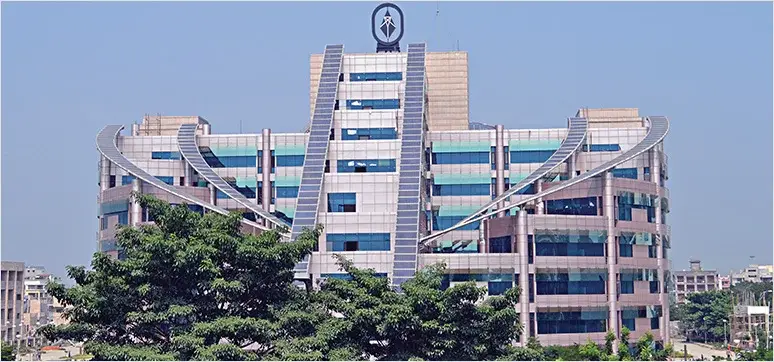WFM: Tell us briefly the purpose of The Energy and Resources Institute (TERI) and the GRIHA Council.
Sanjay Seth (SS): TERI was established in 1974 with an initial focus on documentation and information dissemination. Over the years, it has emerged as a research institute and a think tank, to provide efficient utilization of energy and sustainable use of natural resources in the process of development. TERI is one of the largest institutions in developing countries that work towards sustainability, formulating local and national level strategies in shaping global solutions to critical issues. It has over 30 years of excellence in research and innovation.
GRIHA Council is an independent not-for-profit society established jointly by The Energy and Resources Institute (TERI) and the Ministry of New and Renewable Energy (MNRE), Government of India (GoI). It promotes and facilitates GRIHA – India’s own green building rating system. GRIHA is a rating tool that evaluates the environmental performance of a building holistically over its entire life cycle, based on quantitative and qualitative criteria, thereby providing a definitive standard for green buildings and habitats. It seeks to minimize resource consumption, waste generation and overall ecological/environmental impact of buildings and habitats. Based on the principle of ‘what gets measured, gets managed’, GRIHA measures a building’s environmental performance on a scale of 1–5 stars. It brings together the wisdom of traditional architecture and modern technology to create a sustainable future.
WFM: You were the key personnel in propagating and introducing the Energy Conservation Building Code (ECBC) in India. Please brief us about ECBC and its purpose?
Sanjay Seth (SS): The Energy Conservation Building Code (ECBC) was developed by the Bureau of Energy Efficiency (BEE) which sets minimum energy performance standards for the various components of the building while taking into account the climatic zone in which it is located. The code is applicable to large commercial buildings having a connected load of 100 KW and above or contract demand of 120 kVA and above and covers the following building systems:
- Building Envelope
- Lighting
- Heating Ventilation and Air-Conditioners
- Service Water Heating
- Electric Power and Distributions
The code provides for energy efficient design for commercial buildings such that it reduces the use of energy without affecting the building function, comfort, health or productivity of the occupants and with appropriate regard for economic considerations. The code eliminates building design practices that lead to unnecessarily high building energy use and associated costs.
While the code has been developed at the central level, the state governments have the flexibility to modify ECBC to suit local or regional needs and notify them for its enforcement.
WFM: The ECBC code is presently under voluntary adoption in our country. When will it be made mandatory, at least for large-scale buildings?
Sanjay Seth (SS): Buildings fall under the business rules of the government. As a result, although the code has been developed at the central level, its enforcement lies with the state government and urban local bodies through notification within their states.
About 22 states in the country are at various stages of the implementation of the code with 11 states having notified the code through notification in the existing bylaws or under the provisions of Energy Conservation Act 2001. Consequent to the notification by the states for the mandatory adoption of the code, integration of the provisions into the bylaws provides an enabling framework for its enforcement.
The policies of the Government of India for urban development integrate energy efficiency as a core component of urban planning. The National Mission on Sustainable Habitat initiated by the Ministry of Urban Development stressed the need for awareness, and announced incentives for the wide-scale adoption of energy efficiency programmes, promoting a mix of voluntary guidelines and mandatory rules for energy efficiency in buildings and capacity-building of state and city level bodies for implementation and enforcement.
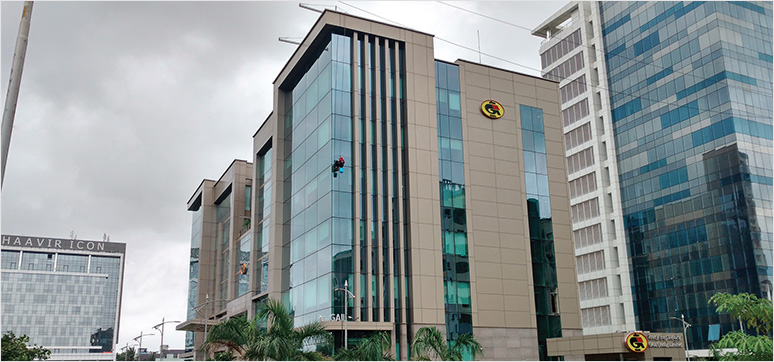
In view of this, model building bylaws to mandate minimum energy standards for residential and commercial building complexes for formulation of draft National Sustainable Habitat parameters on energy efficiency had been framed and circulated by the MoUD to all states for their integration into the existing government orders. Additionally, an addendum to the National Building Code 2005 has been finalized by including a chapter on sustainable building design namely “Approach to Sustainability”, so that it is adopted in all future constructions by including the same in the Schedule of Rates (SoR) of the Public Works Department/Construction Agencies. Simultaneously, amendments in the CPWD Schedule of Rates and Plinth Area Rates have been carried out to incorporate energy efficiency aspects.
The notification of the ECBC in 22 states would cover 90 per cent of the area of infrastructure development in the country.
WFM: Façade design and building performance are interrelated. Could you please discuss on Energy Conservation Building Code (ECBC) requirements for efficient facades and fenestration?
Sanjay Seth (SS): As already mentioned, minimum energy performance standards for building envelopes are an integral part of ECBC. Co-efficient of performance for Solar Heat Gain Coefficient (SHGC), U-values, Visible Light Transmittance (VLT) and air-leakage for windows and skylights have been prescribed in the code for the various climatic zones of the country. It is important to note that the ECBC is a designed standard and does not prescribe any technology or product.
WFM: What are the most important features that a building professional should look for regarding windows, doors and skylights?
Sanjay Seth (SS): Building Envelope is one of the most critical components in the overall design of a building. A well-designed envelope will minimize heat gain and dependence on artificial lighting for a building. While designing a building, the aspects of Wall to Window Ratio (WWR) and Solar Heat Gain Coefficient (SHGC) together with the optimum orientation of windows and shading devices minimize heat gain into the building thereby reducing energy conservation to the extent of 25 per cent on account of lighting and air conditioning.
In cases where skylights are provided in a building, Skylight Roof Ration (SRR) should also comply with the provisions of the code. It is important to note that in a tropical country like India, the maximum heat ingress in a building is through the roof, as it is exposed to sunlight for most duration of the day. Providing insulation in the roof, shading and improving the Solar Reflective Index (SRI) will minimize heat gain into the building thereby reducing the cooling loads. The requirements for WWR & SHGC coefficients for the different climatic zones are prescribed in the ECBC.
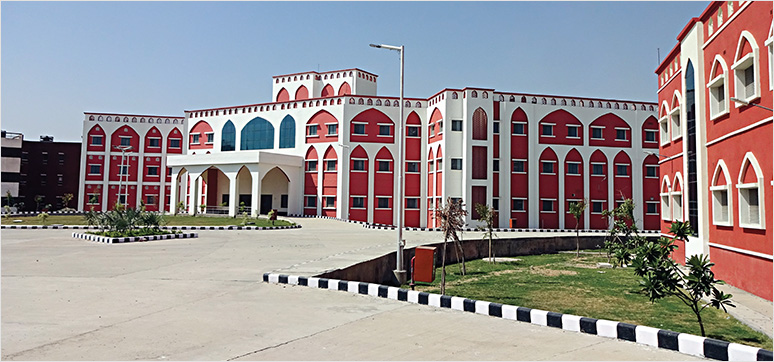
WFM: In ECBC, mandatory requirements for fenestrations are recommended – like “U factors for fenestration systems must be in accordance with ISO- 15099”. Is it being followed? What are the hurdles and solutions for the same?
Sanjay Seth (SS): In states where the codes have been notified for adoption, compliance with the provisions of the ECBC is mandatory. However, as the demand for energy efficient buildings is gaining momentum, design professionals are gradually mainstreaming energy-efficient design practices in their building designs. This has led to a noticeable improvement in the market in terms of the availability of products for energy-efficient windows and fenestration. With the rising demand for insulation material, high-performance glass, heat-reflective paints, energy-efficient masonry units etc., the number of manufacturers and suppliers of these materials is also gradually increasing.
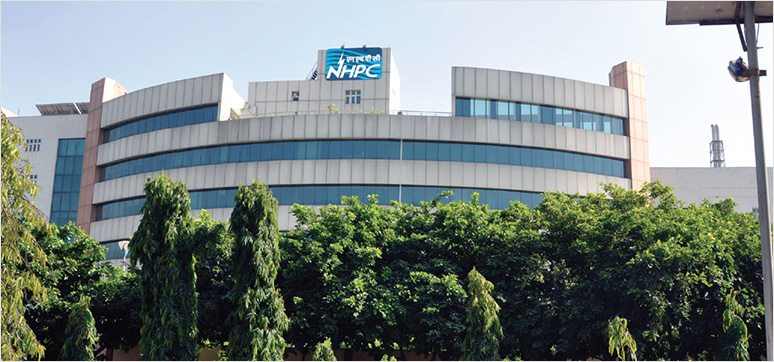
WFM: How are the fenestrations products tested, certified and labelled in India to check whether they comply with ECBC norms?
Sanjay Seth (SS): The ECBC provisions require the fenestration U-factor to be determined as per ISO 15099. Presently, a certification and labelling programme for fenestration products has not been introduced in the country. BEE had initiated discussions for developing a labelling programme for fenestration product which is still to be finalized.
Presently there is no certification process in place for fenestration systems. The manufacturers of such products obtain test certificates from NABL-accredited labs to showcase compliance with the requirements of ECBC.
WFM: With various products imported from different countries, it has become difficult for the end user to compare the products and to understand their price and quality. Enforcement of standards is critical for building materials. However, the standardization of façade and fenestration products is still at an initial stage. What is your take on it?
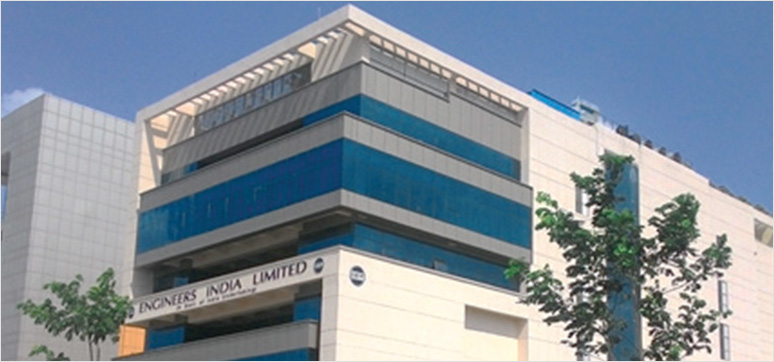
Sanjay Seth (SS): The standard prescribed for the design of energy-efficient buildings is ECBC, which as mentioned earlier does not specify any product or technology to showcase compliance. Labelling of appliances and products provides a consumer with an informed choice on the performance of the specific product or appliance. In the case of fenestration products, currently, there is no certification process in place in the country. It is also important to note that the building construction is a dynamic industry and is continuously evolving. The design standards are therefore developed independently of the technology to meet the performance standards.
